Raising Rescued House Swifts
On 26 June 2015, five house swifts were released back to the wild successfully after receiving a month of veterinary care at the Wild Animal Rescue Centre (Rescue Centre).
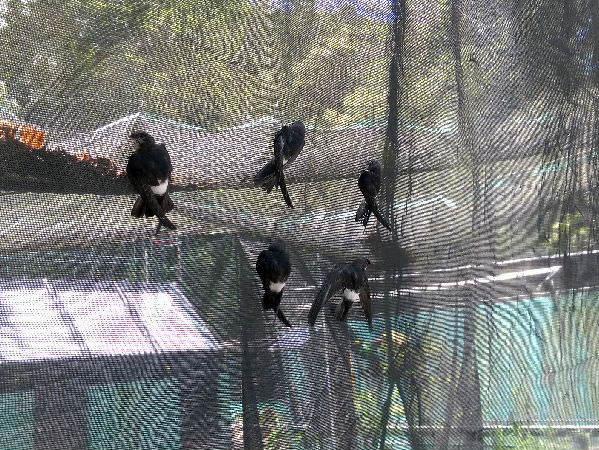
Five house swifts were ready to go back to the nature
Rescue Story
The five hatchlings (including their nests) were found at Mui Wo on Lantau Island on 25th May 2015. They were rescued by the SPCA and transferred to KFBG for observation and rehabilitation. We suspect that the nests had been removed intentionally by someone.
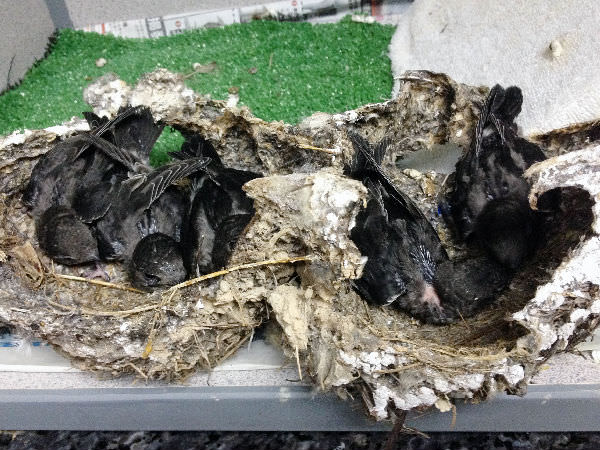
Five House Swift hatchlings with nests at the Rescue Centre

The appearance of swift hatchlings
Since the hatchlings were not able to fly or feed by themselves, they required hand-rearing by the Rescue Team. They required feeding once an hour due to the big appetite of the young birds. We prepared a mixture of food for them, including meat and pellets. Almost a month later, all of their feathers had grown out. They were now active and ready to fly. The Rescue Team moved them into a larger enclosure which gave them more space and in which it was possible to test their flying ability. They all looked good and flew well. It was time to set them free!
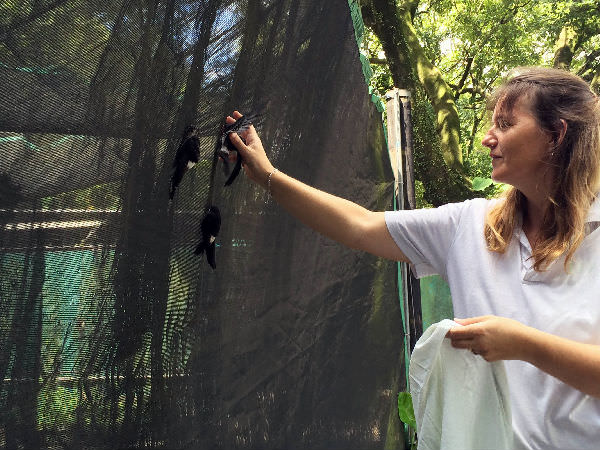
KFBG staff placing the swifts on a net to give some height for their flight
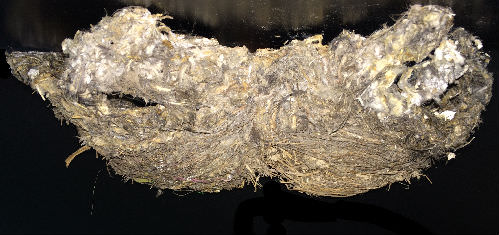
House swifts’ ball-shaped nests
.jpg)
The nests are constructed of feathers, dried grass, small branches and dried leaves, all glued together with saliva and mud
House Swifts and Us
House Swifts are commonly seen in the city. They build ball-shaped nests under the eaves of buildings. In Chinese traditional culture, swallows and swifts are symbols of ‘good luck’. If they construct nests under your home’s eaves, then you will have a good luck. Moreover, swallows also symbolise ‘good marriage’ and ‘the start of spring’. Unfortunately some people find the birds messy and intentionally destroy the nests, often without checking if there are young birds inside.
In Hong Kong, all the birds are protected by the Wild Animal Protection Ordinance Cap 170. Any person who, except in accordance with a special permit, take, remove, injure, destroy or willfully disturb a nest or an egg of any protected wild animal shall be liable upon conviction to a fine of HK$100,000 and imprisonment for one year.
What can you do to help?
It is fortunate that the House Swift hatchlings were spotted and rescued, otherwise, they may not have survived. Please report any injured wild animals to the AFCD (Hotline: 1823), SPCA (Hotline: 2711 1000) or KFBG (Hotline: 2483 7200).
Animal Profile
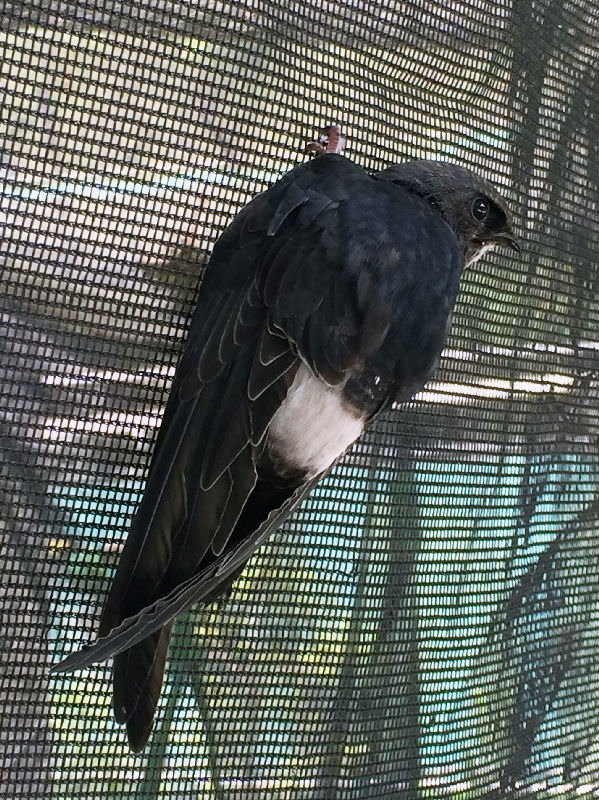
Common Name: House Swift
Scientific Name: Apus nipalensis
Distribution: Widely distributed in Southeast China, East Nepal, Southeast Asia, Japan and Taiwan
Habitat: Widespread in varied open habitats including rural areas, farmland and urban areas
Features: A small bird with long narrow wings for fast flight. The whole body is black in colour except the rump and throat which are white; often fly in flocks and spend most of the time in flight catching insects; looks like a small anchor during flight; has a square-shape tail; build nests under the eaves of buildings; The Chinese University of Hong Kong has the largest house swift community in Hong Kong with many nests built side by side
Diet: Insectivorous; mainly feeds on small wasps and flies caught in flight
Major Threats: The house swift is a widespread species, which is not currently under major threat
IUCN Red List: IUCN Red List: Least Concern; Protected by Wild Animals Protection Ordinance (Cap. 170) in Hong Kong

